Monetary Policy 2082/83: Priorities, Targets, and Implications
Monetary Policy 2082/83: Priorities, Targets, and Implications
Macro Insights

Ideapreneur Nepal
Created on :
2025-07-28
Download our app for a smooth experience
Total Views:
115 views
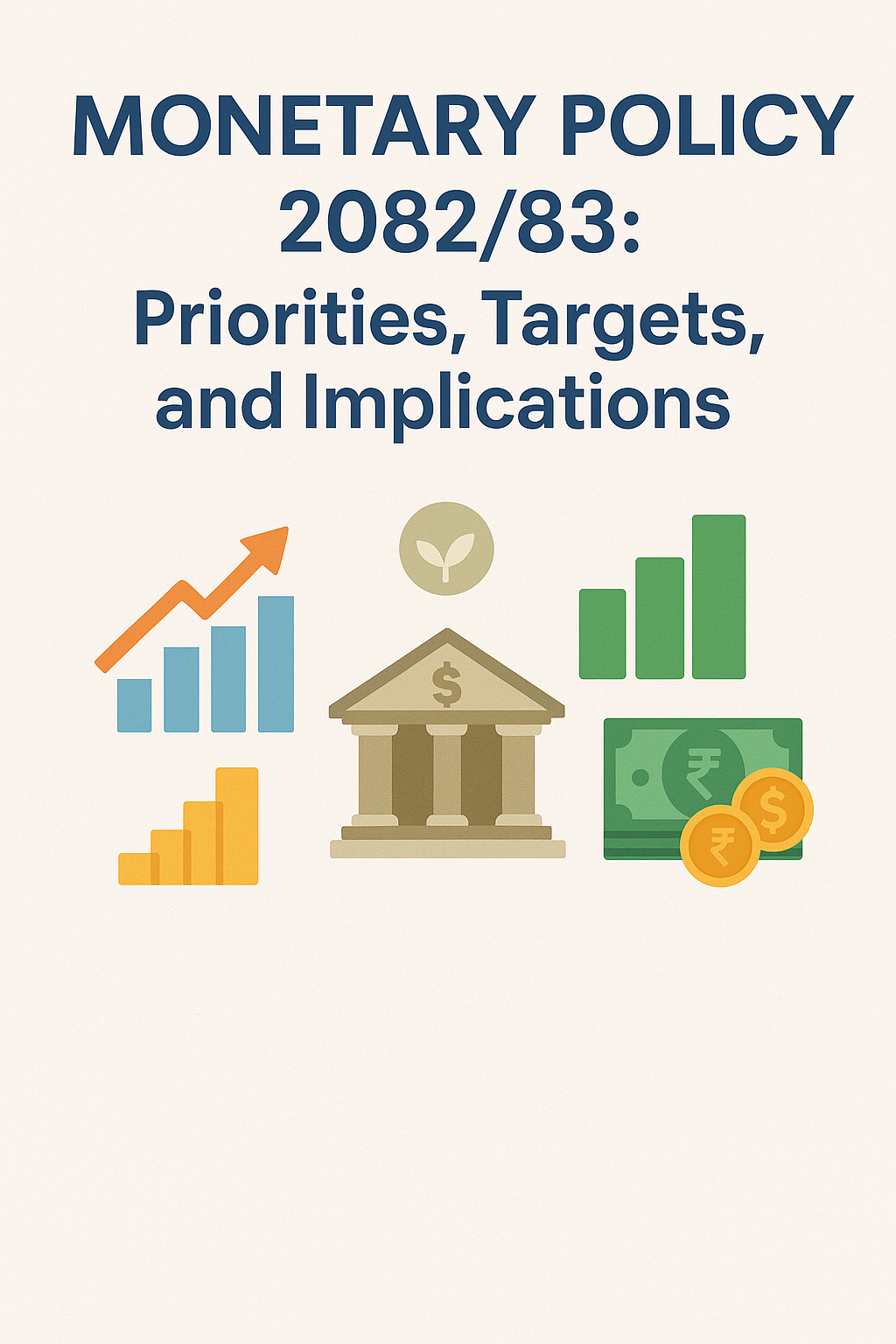
Newly appointed Governor Prof. Dr. Biswo Nath Poudel unveiled his first Monetary Policy for the fiscal year 2082/83 (2025/26), marking the 24th edition since such policies began in 2059/60 under the NRB Act 2058 (2002). As always, the core objectives remain the same: to maintain price and external sector stability, control inflation, and promote sustainable economic development.
Monetary policy refers to how NRB, as the central bank of Nepal, regulates the money supply, interest rates, and credit to ensure financial stability, employment generation, and overall economic growth. It directly impacts our daily lives through changes in borrowing, saving, investment, and inflation, making it essential for citizens to understand its key elements.
This year, NRB has adopted a "cautiously accommodative" stance, which supports economic recovery while remaining mindful of potential financial risks.
Monetary liquidity and foreign exchange management will focus on maintaining inflation around 5%, sustaining foreign exchange reserves sufficient to cover at least seven months of imports of goods and services, and achieving an economic growth rate of 6%, as outlined in the Government of Nepal’s budget speech.
NRB has eased its monetary stance by reducing key interest rates. The policy rate has been cut from 5% to 4.5%, the bank rate from 6.5% to 6%, and the deposit facility rate from 3% to 2.75%. These rate adjustments aim to enhance liquidity in the banking system, make interbank borrowing more affordable, and encourage credit expansion to support economic activity.
In the housing sector, the maximum loan limit for private residential home construction or purchase will be increased from NPR 2 crore to NPR 3 crore. For first-time homebuyers, the loan-to-value ratio will be allowed up to 80%, while for others, it will be capped at 70%. This arrangement is expected to support the housing market, create employment opportunities in construction, and stimulate wider economic activity.
The single obligor limit for individuals on margin-type loans extended against share collateral by banks and financial institutions has been increased from Rs. 15 crore to Rs. 25 crore. This move is aimed at boosting the share market and supporting credit expansion by enhancing investors’ borrowing capacity. However, it also brings potential risks such as over-leveraging, margin call-triggered sell-offs, and rising non-performing loans (NPLs), underscoring the need for careful and responsible implementation.
To support agriculture, banks and financial institutions can now issue loans up to NPR 10 lakh, using crops, farmland, or agricultural infrastructure as collateral. During the grace period, banks are not required to make high loan-loss provisions, and lending procedures will be simplified to align with the agricultural cycle. This will improve credit access for farmers, increase production, and strengthen the rural economy.
In areas around the Hulaki Rajmarg and Madhya-Pahadi Lokmarg, loans will be provided to promote hotels and restaurants certified with the Food Hygiene Standardization logo from the Department of Food Technology and Quality Control, as well as industries and businesses near major markets along these highways. Loans up to NPR 3 crore will be counted as loans to small and medium enterprises within the designated area. Banks may charge a maximum premium of 2% above the base rate on these loans.
In earthquake-affected districts like Jajarkot and Rukum, businesses and individuals can now restructure or reschedule their loans by paying at least 10% of the outstanding interest. Loan terms will be adjusted based on borrower needs, easing the financial burden on affected populations and helping local economies recover.
For national-level "C" class finance institutions, the previous restriction on deposit collection limited to 15 times their core capital has been removed. While this allows them to collect more deposits and expand their loan portfolios, capital adequacy requirements will continue to ensure risk control.
In the microfinance sector, loans up to NPR 3 lakh provided to youths going abroad for foreign employment, whether secured or unsecured, will be classified as loans to the disadvantaged group. For women, this loan limit will be increased up to NPR 5 lakh.
To reduce liquidity risk and maintain stability in banks and financial institutions, regulatory provisions related to the Credit to Deposit (CD) ratio will be reviewed after the effective implementation of international best practices such as Basel III, Liquidity Coverage Ratio (LCR), and Net Stable Funding Ratio (NSFR).
Domestic Systemically Important Banks (DSIBs) will be identified, and a Domestic Systemically Important Bank Framework will be issued to apply additional regulatory and supervisory measures for these banks.
Moreover, systemically important payment systems will be identified, and guidelines on their effective monitoring and risk management will be issued and implemented to ensure the stability of the financial system.
In a move to attract foreign investment, NRB has made it easier for foreign investors to repatriate their capital, interest, and dividends. This applies to all registered entities, including companies, partnership firms, and liaison offices. If needed, regulations will be amended to ensure the process is transparent, simple, and reliable building investor trust and encouraging capital inflow.
The ceiling for banks’ investment in Non-Deliverable Forwards (NDFs) tools used to manage foreign exchange risk has been raised from 20% to 25% of core capital. This provides greater flexibility for hedging currency risks in international dealings.
To assist Nepali travelers, the maximum foreign exchange limit (except for travel to India) has been increased from USD 2,500 to USD 3,000 per trip. This change reflects rising global costs and helps travelers manage expenses like lodging, transport, and health care more comfortably.
Nepal continues to remain on the FATF Grey List, and to facilitate its removal, authorities will ensure strong coordination among relevant agencies to fully implement the required action plan. Efforts will be intensified to strengthen monitoring, investigation, and enforcement related to the national strategy. Key priorities and regulatory improvements identified in Nepal’s third mutual evaluation report by the Asia Pacific Group (APG) will be promptly acted upon. Furthermore, the Financial Intelligence Unit (FIU) will automate the sharing of financial intelligence reports with concerned agencies, improving the speed and effectiveness of investigations.
Customer identification will be made easier using the National Identity Card. When a customer updates their information at one bank, other authorized agencies will be able to access it electronically through a shared system. Also to maintain ongoing dialogue with borrowers, especially in rural areas, the program “Rini Sanga Nepal Rastra Bank” will be launched.
In response to growing misuse of dormant or unauthorized bank accounts specially cases of “Money Mules” NRB plans to introduce strategies to reduce inactive accounts and prevent illegal activity linked to them.
Finally, to protect financial customers, “Financial Customer Protection Guidelines” and directives related to financial market conduct will be issued. This will ensure fair treatment of customers, prevent fraudulent practices, and promote accountability among banks and financial institutions.
In conclusion, monetary Policy of 2082/83 has been shaped by favorable macroeconomic conditions low inflation, declining interest rates, and a strong foreign exchange reserve position. Leveraging this stability, NRB has adopted an expansionary approach to support economic recovery, enhance credit flow, and stimulate investment across critical sectors like housing, agriculture, and tourism. At the same time, regulatory reforms, improved access to finance, and measures to strengthen financial integrity and customer protection underscore the central bank’s commitment to long-term stability. The policy reflects a timely balance between growth promotion and risk management in a recovering economy.
Tags:
monetary policy
monetary policy
Leave a comment on this post
Comments

Related Article
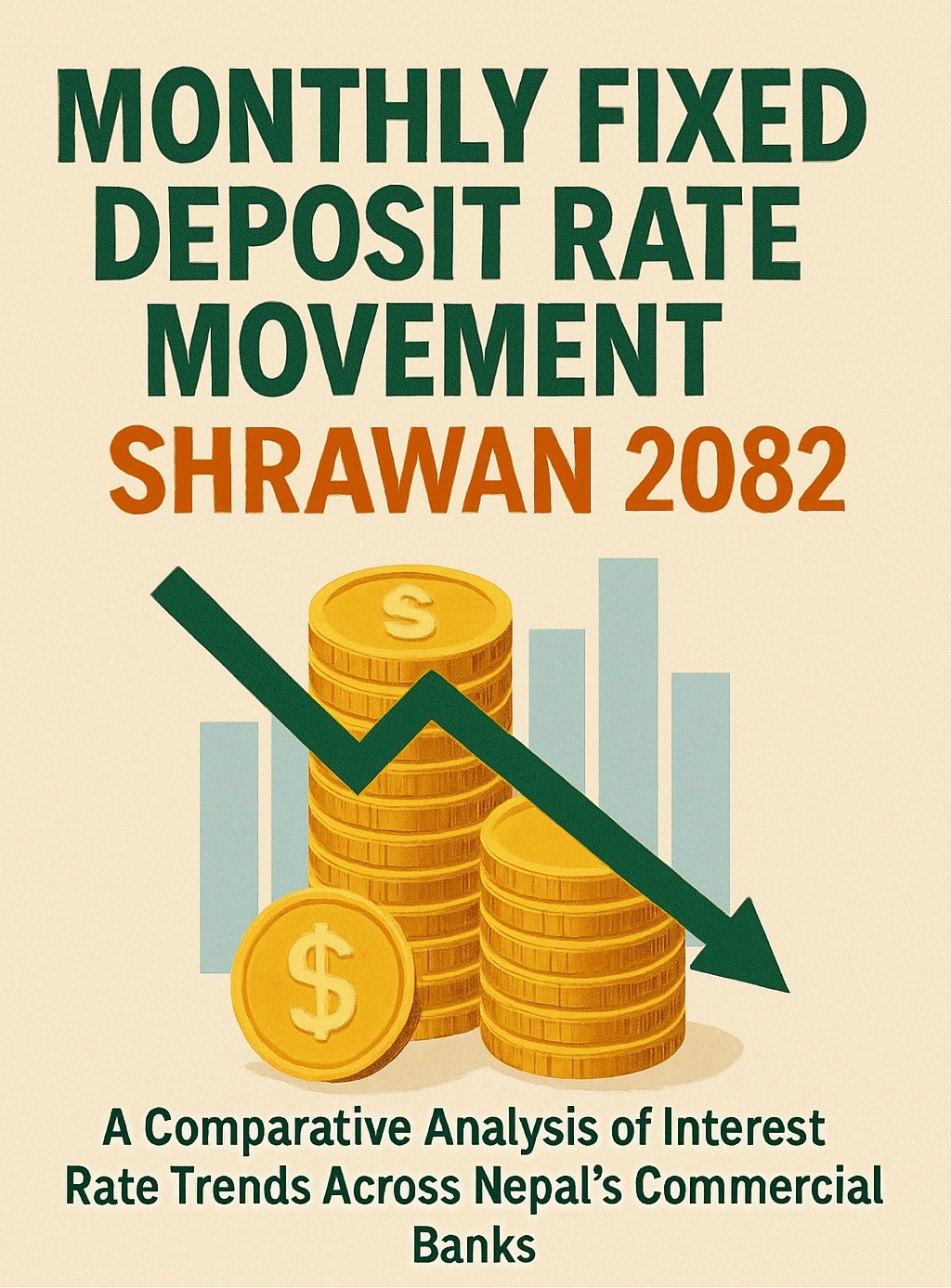
Economics
Reading time : 4 mins
MONTHLY FIXED DEPOSIT RATE MOVEMENT SHRAWAN 2082

Economics
Reading time : 3 mins
From Remittance to Returns: The Nepali Migrant’s Guide to IPO Investment
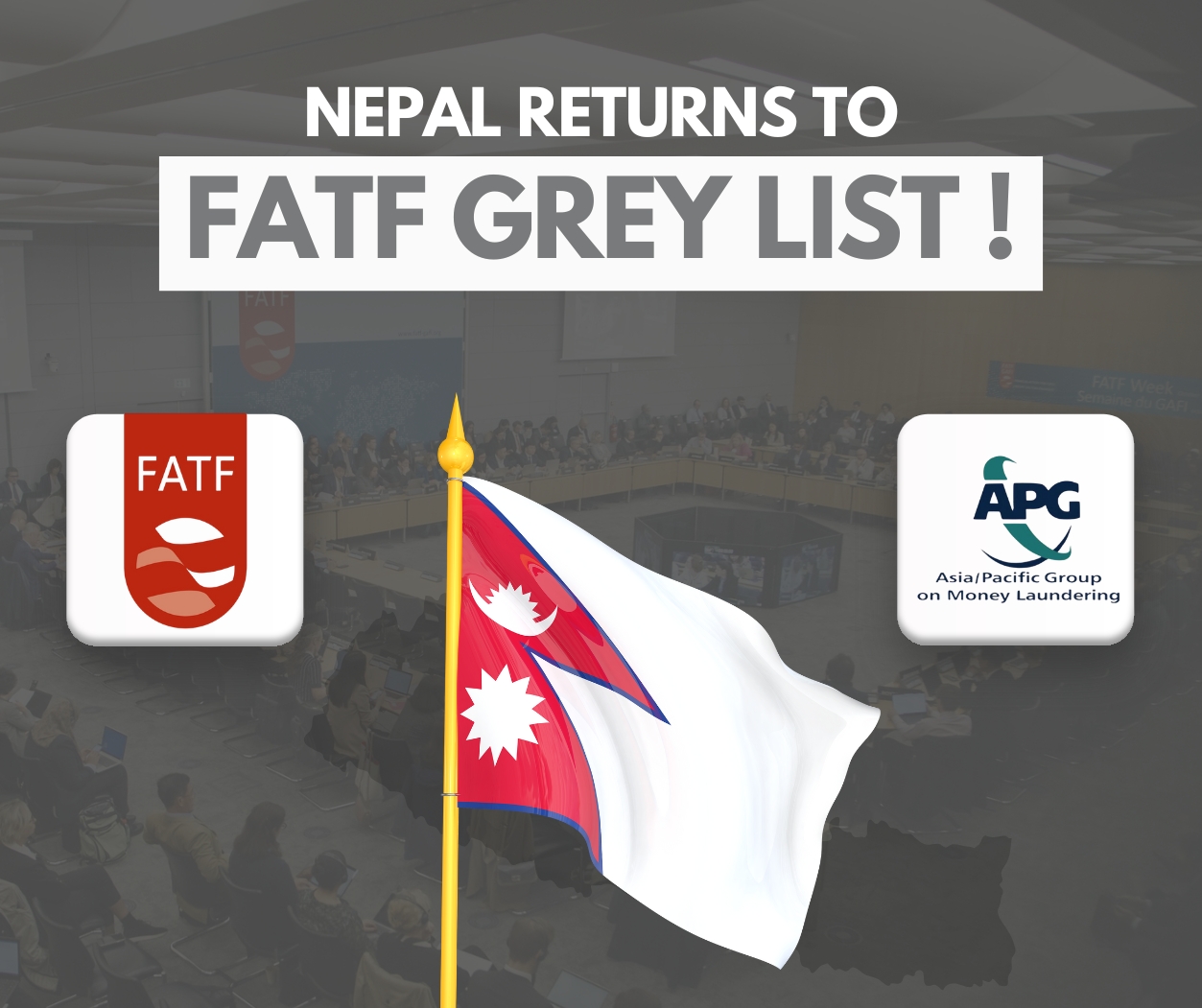
Economics
Reading time : 8 mins
Nepal Returns to FATF Grey List: What It Means and the Road Ahead
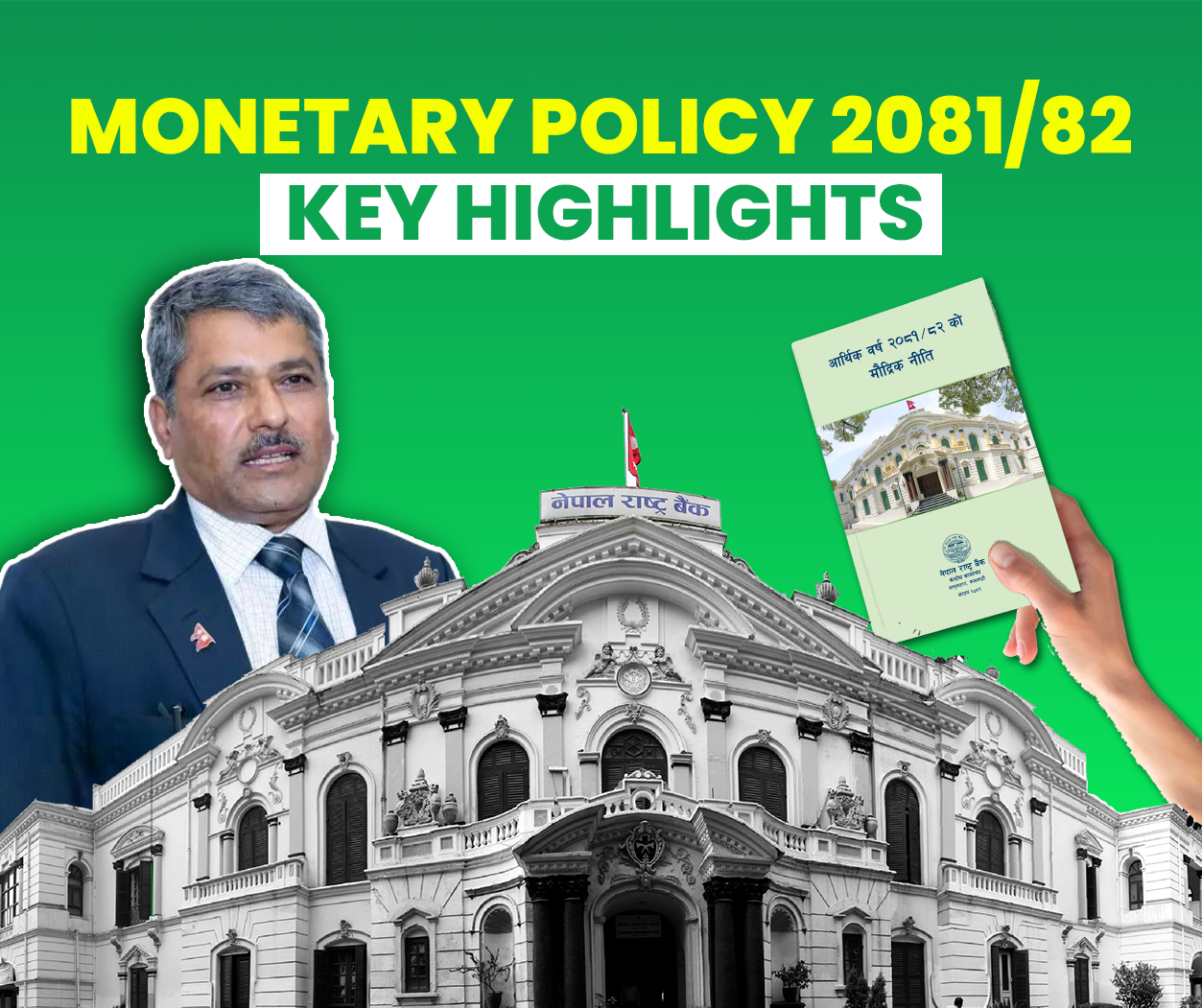
Economics
Reading time : 8 mins
Monetary Policy 2081/82: Key Adjustments and Their Economic Impacts

Economics
Reading time : 8 mins
राष्ट्र बैंक र मौद्रिक नीति

Economics
Reading time : 9 mins
आर्थिक बजेट २०८१/८२: भाषण मात्र की पुनरुत्थान पनि?
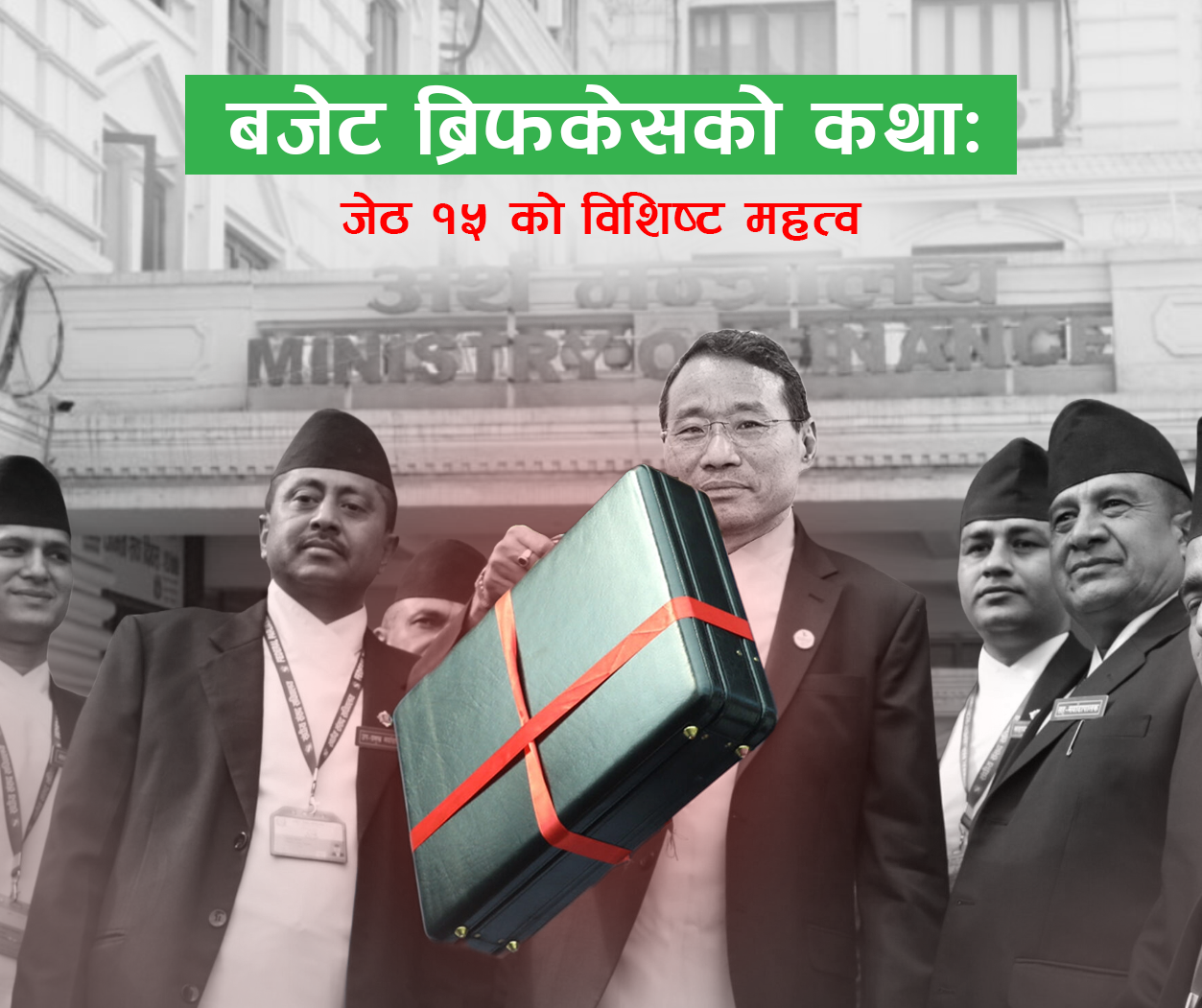
Economics
Reading time : 7 mins
बजेट ब्रिफकेसको कथा
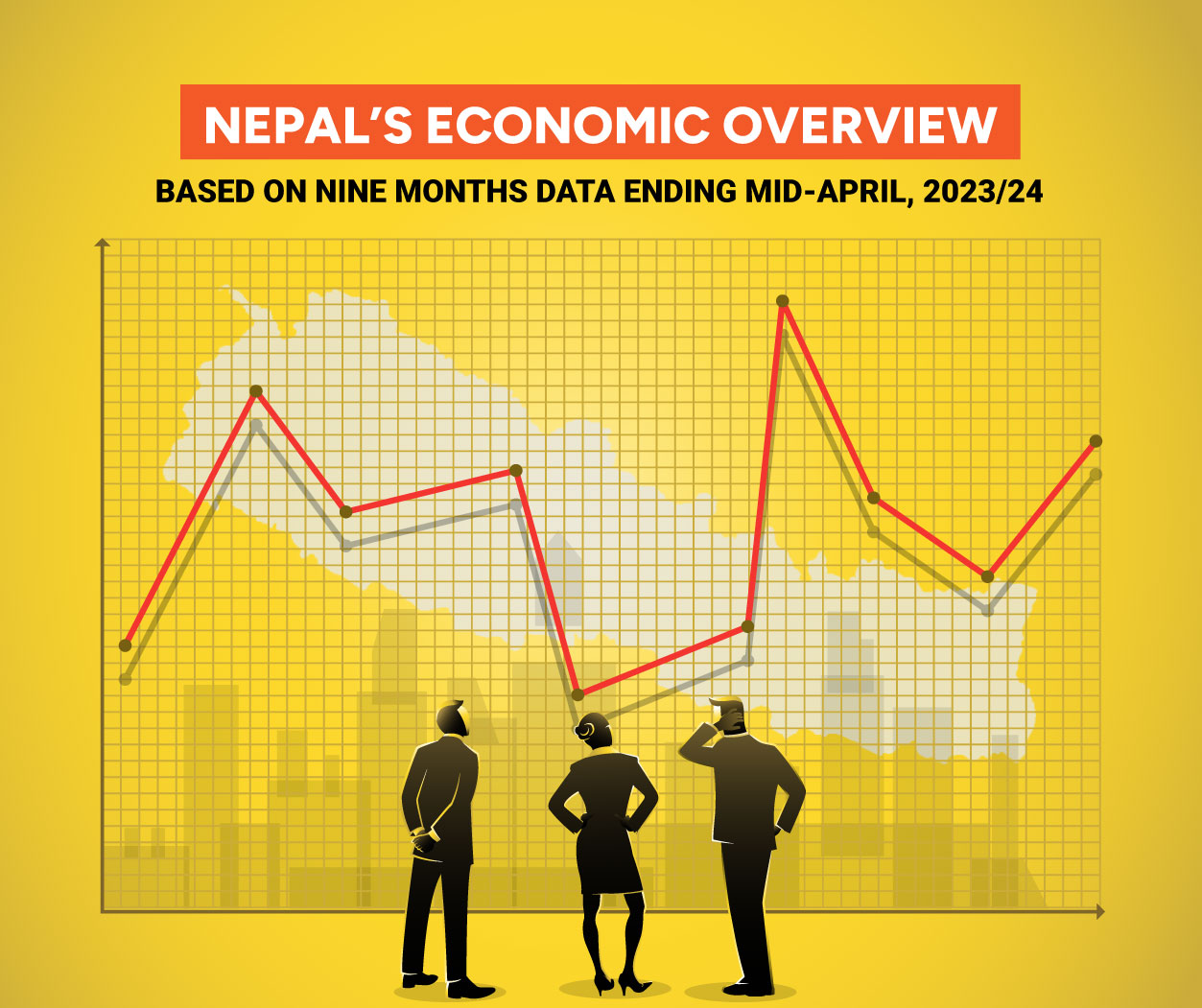
Economics
Reading time : 8 mins
Nepal's Economic Trends: Insights from the Nine-Month Report by Nepal Rastra Bank

Economics
Reading time : 8 mins
Effects of Covid-19 on Nepalese Economy

Economics
Reading time : 7 mins
EVs in Nepal: Status, Sustainability and Challenges

Economics
Reading time : 8 mins
Understanding Our Economy: Highlights from Mid-January 2023/24 Data

Economics
Reading time : 9 mins
Digital Economy and FinTech in Nepal
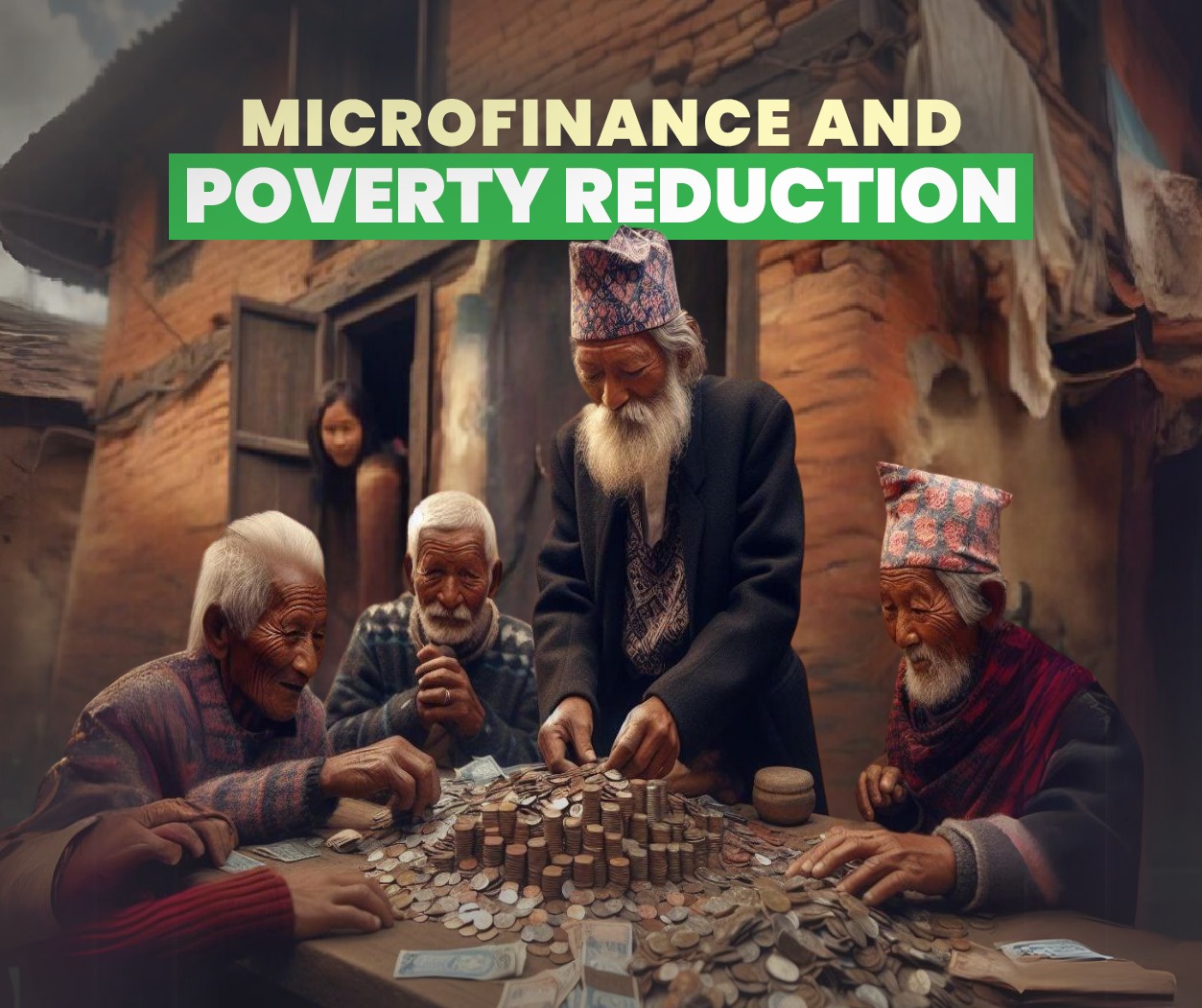
Economics
Reading time : 8 mins
Microfinance and Poverty Reduction

Economics
Reading time : 6 mins
Nepal's Trade Relations and Economic Diplomacy

Economics
Reading time : 6 mins
The Economic Influence of Tourism in Nepal

Economics
Reading time : 6 mins
The Endless Dance of Debt: Understanding the Dark Side of Finance

Economics
Reading time : 14 mins
Analyzing Economic Indicators: Are We Headed for a Recession?

Economics
Reading time : 10 mins
Inflation: Understanding the Basics

Economics
Reading time : 7 mins
How the Insurance Sector in Nepal is Evolving?
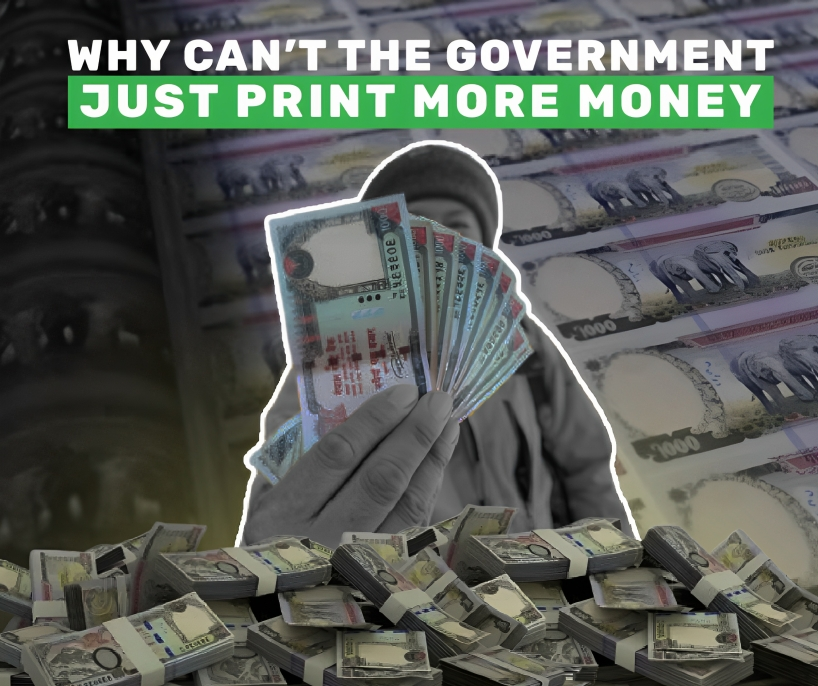
Economics
Reading time : 6 mins
Why Can the Government not Print More Money and Make Everyone Rich?

Economics
Reading time : 7 mins
India's Rice Export Ban and the Potential Global Threat

Economics
Reading time : 13 mins
Are We Ready for a Coin-Less Economy?

Economics
Reading time : 6 mins
Cement Industry in Nepal: An Overview

Economics
Reading time : 12 mins
Major Highlights of Monetary Policy 2080/81
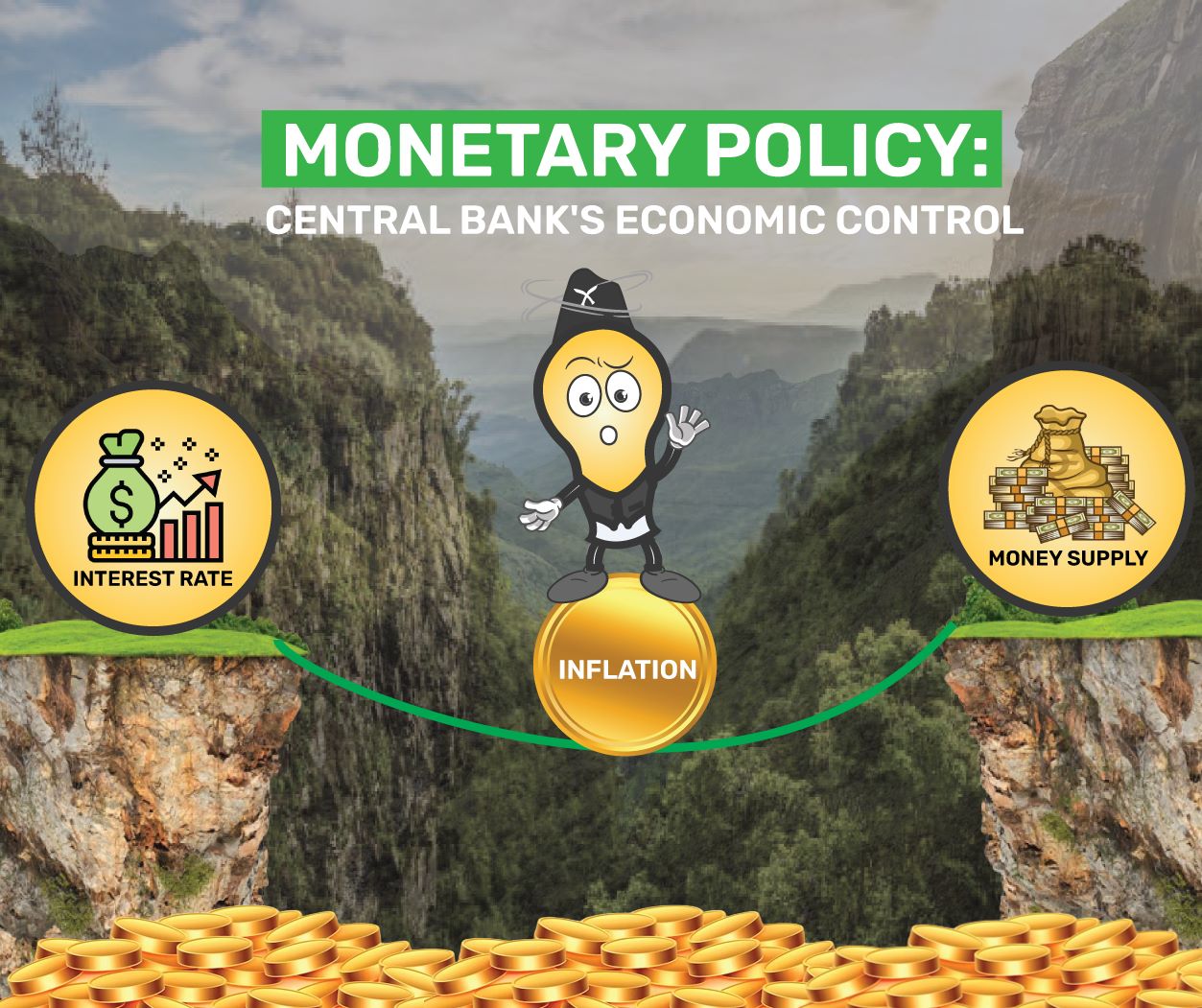
Economics
Reading time : 11 mins
Simplifying Monetary Policy: How Central Banks Regulate the Economy
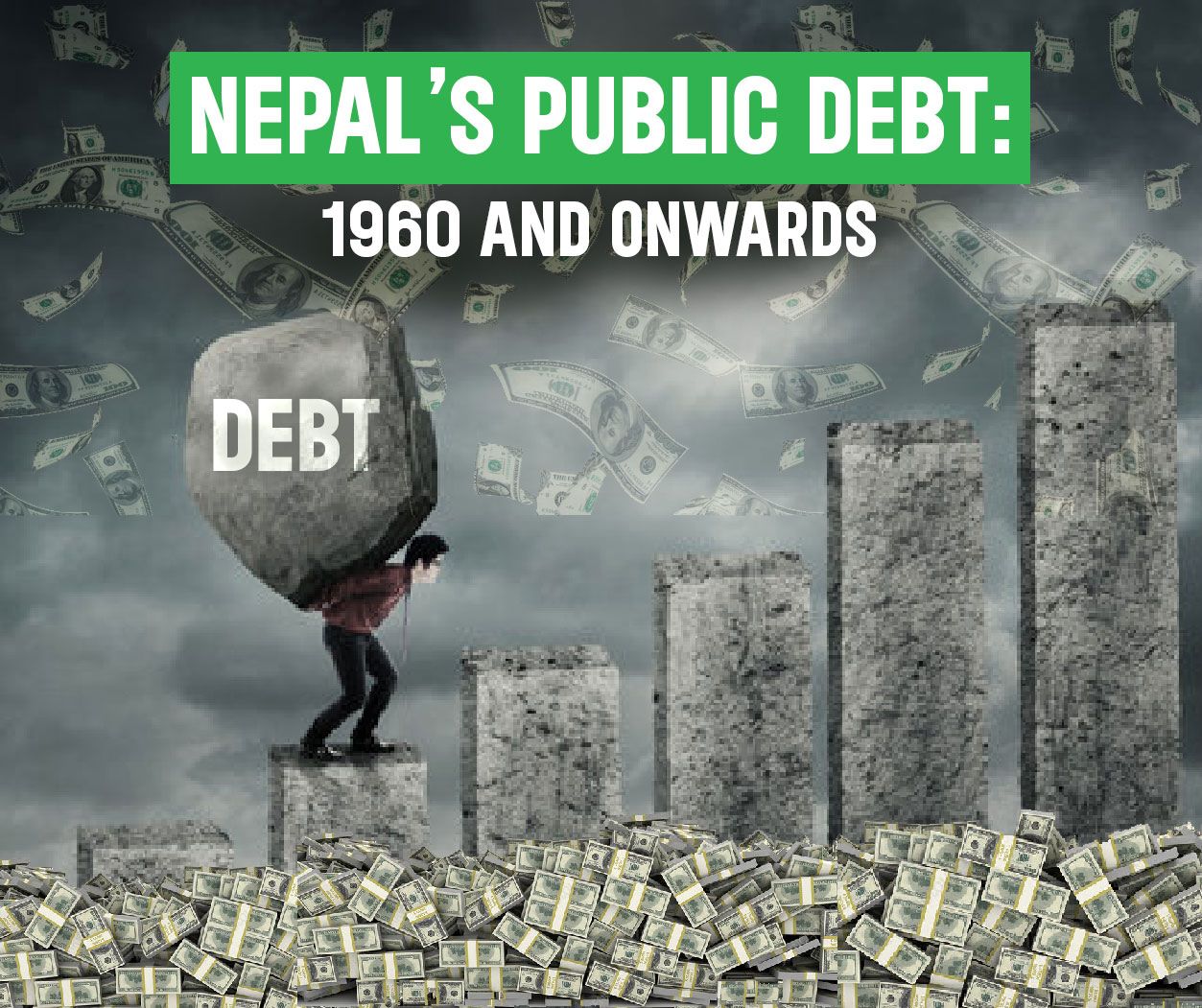
Economics
Reading time : 7 mins
Nepal’s Public Debt: 1960 and onwards
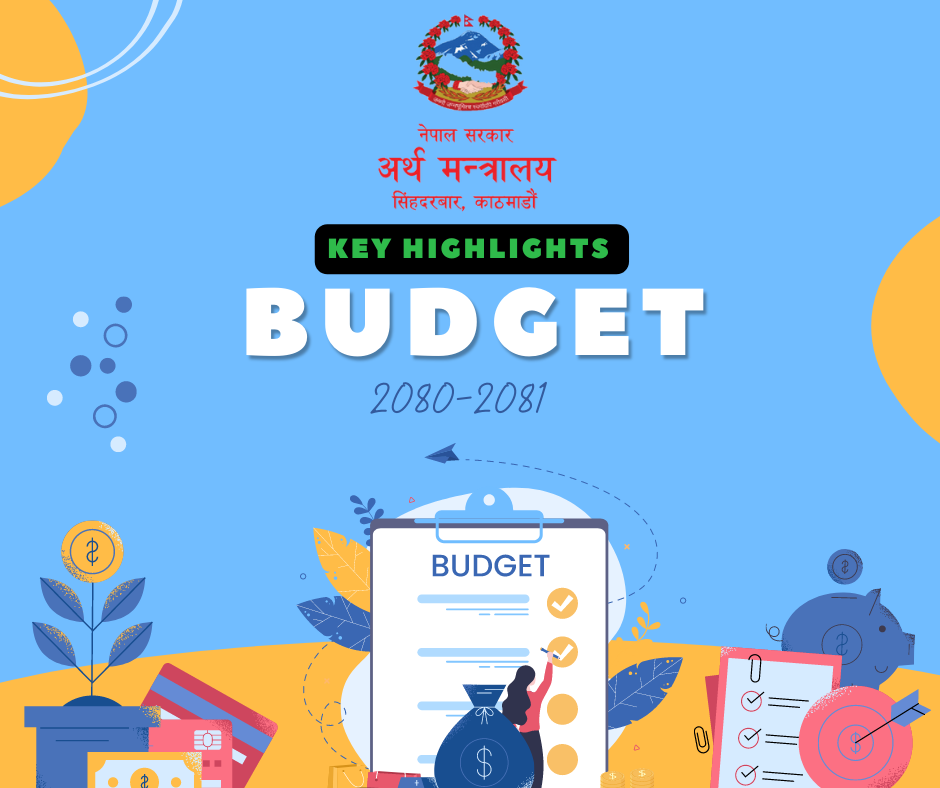
Economics
Reading time : 9 mins
The Highlights of Budget 2080-2081
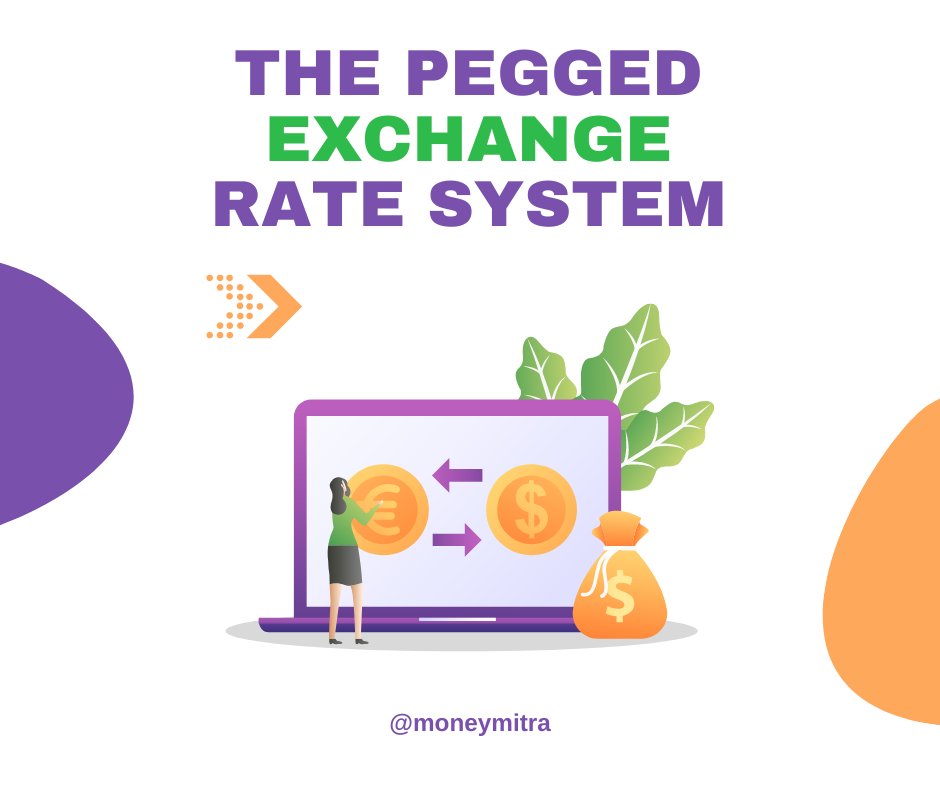
Economics
Reading time : 4 mins
The Pegged Currency System: A Close Look at the Nepalese Currency Pegged to the Indian Rupee

Economics
Reading time : 8 mins
Understanding De-Dollarization: Is the supremacy of the US dollar as the global currency at risk?

